How to judge the quality of Aluminum Protective Film
2025-04-22
To judge the quality of Aluminum protective film, you can start from the following aspects:
1. Appearance
The surface of a good quality Aluminum protective film should be flat and smooth, without obvious bubbles, wrinkles, scratches or impurities. A protective film with high transparency can better display the aluminum products being protected, and it is also convenient to observe the surface condition of the aluminum products. If there are defects on the surface of the protective film, it may affect its protective performance and appearance.
2. Viscosity
Gently touch the adhesive surface of the protective film with your hand to feel its viscosity. High-quality protective films have moderate viscosity, which can be firmly attached to the surface of aluminum products without leaving glue residue when they are torn off. A simple sticking and peeling test can be performed. Stick the protective film on the aluminum sheet, then slowly tear it off to observe whether it is easy to fall off and whether there is any residual glue. Too strong or too weak viscosity is not conducive to the use of protective films.
3. Tensile performance
Take a small section of the protective film, hold both ends with both hands and gently stretch it. A good quality protective film has good tensile strength, is not easy to break, and can quickly return to its original shape after stretching, without permanent deformation. This shows that the protective film can withstand a certain external force during use and is not easily damaged by stretching.
4. Weather resistance
If the aluminum product needs to be used in an outdoor environment, the weather resistance of the protective film is very important. You can check the product manual or consult the manufacturer to understand the weather resistance of the protective film, such as whether it can resist UV rays, high and low temperature resistance, waterproof and moisture-proof. High-quality protective films can maintain their stable performance when exposed to the natural environment for a long time, and will not age, discolor or lose viscosity rapidly due to factors such as sun, rain, and temperature changes.
5. Thickness
Generally speaking, the quality of protective films with uniform thickness and meeting standard requirements is more guaranteed. Thicker protective films usually have better protective performance, but the actual needs and costs of use must also be taken into account. The thickness of the protective film can be measured with tools such as calipers to check whether it is uniform and consistent and whether the thickness is within the product specification range.
1. Appearance
The surface of a good quality Aluminum protective film should be flat and smooth, without obvious bubbles, wrinkles, scratches or impurities. A protective film with high transparency can better display the aluminum products being protected, and it is also convenient to observe the surface condition of the aluminum products. If there are defects on the surface of the protective film, it may affect its protective performance and appearance.
2. Viscosity
Gently touch the adhesive surface of the protective film with your hand to feel its viscosity. High-quality protective films have moderate viscosity, which can be firmly attached to the surface of aluminum products without leaving glue residue when they are torn off. A simple sticking and peeling test can be performed. Stick the protective film on the aluminum sheet, then slowly tear it off to observe whether it is easy to fall off and whether there is any residual glue. Too strong or too weak viscosity is not conducive to the use of protective films.
3. Tensile performance
Take a small section of the protective film, hold both ends with both hands and gently stretch it. A good quality protective film has good tensile strength, is not easy to break, and can quickly return to its original shape after stretching, without permanent deformation. This shows that the protective film can withstand a certain external force during use and is not easily damaged by stretching.
4. Weather resistance
If the aluminum product needs to be used in an outdoor environment, the weather resistance of the protective film is very important. You can check the product manual or consult the manufacturer to understand the weather resistance of the protective film, such as whether it can resist UV rays, high and low temperature resistance, waterproof and moisture-proof. High-quality protective films can maintain their stable performance when exposed to the natural environment for a long time, and will not age, discolor or lose viscosity rapidly due to factors such as sun, rain, and temperature changes.
5. Thickness
Generally speaking, the quality of protective films with uniform thickness and meeting standard requirements is more guaranteed. Thicker protective films usually have better protective performance, but the actual needs and costs of use must also be taken into account. The thickness of the protective film can be measured with tools such as calipers to check whether it is uniform and consistent and whether the thickness is within the product specification range.
You Might Also Like
-
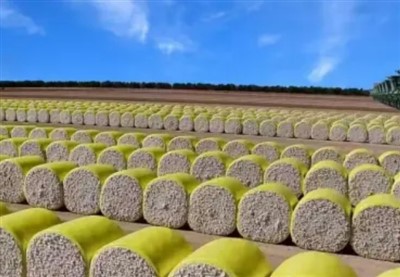
what are the advantages of cotton packaging film
-
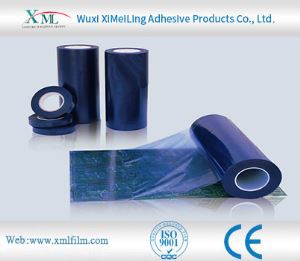
How does pe protective film cope with high temperature environment
-

The Advantages of Cotton Wrap Film
-
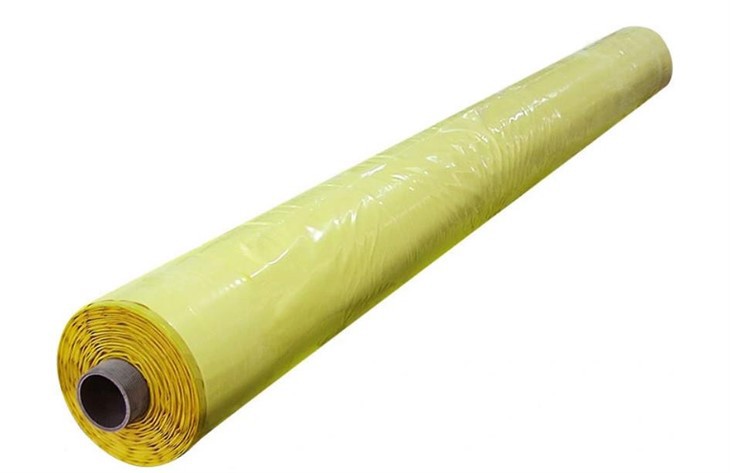
Advantages of Cotton Bale Wrap Film
-
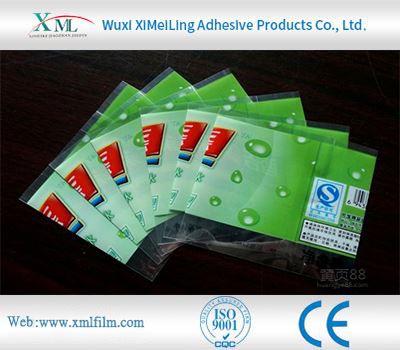
How Polyethylene Packaging Material Copes with High Temperature Environment
-
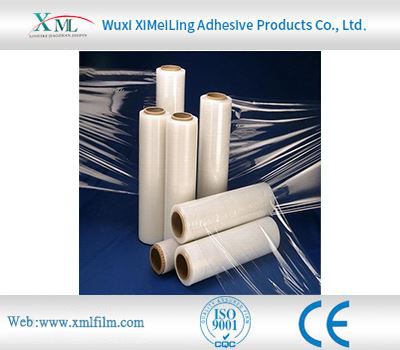
How to Remove Protective Transparent Plastic Film Without Damaging the Surface
